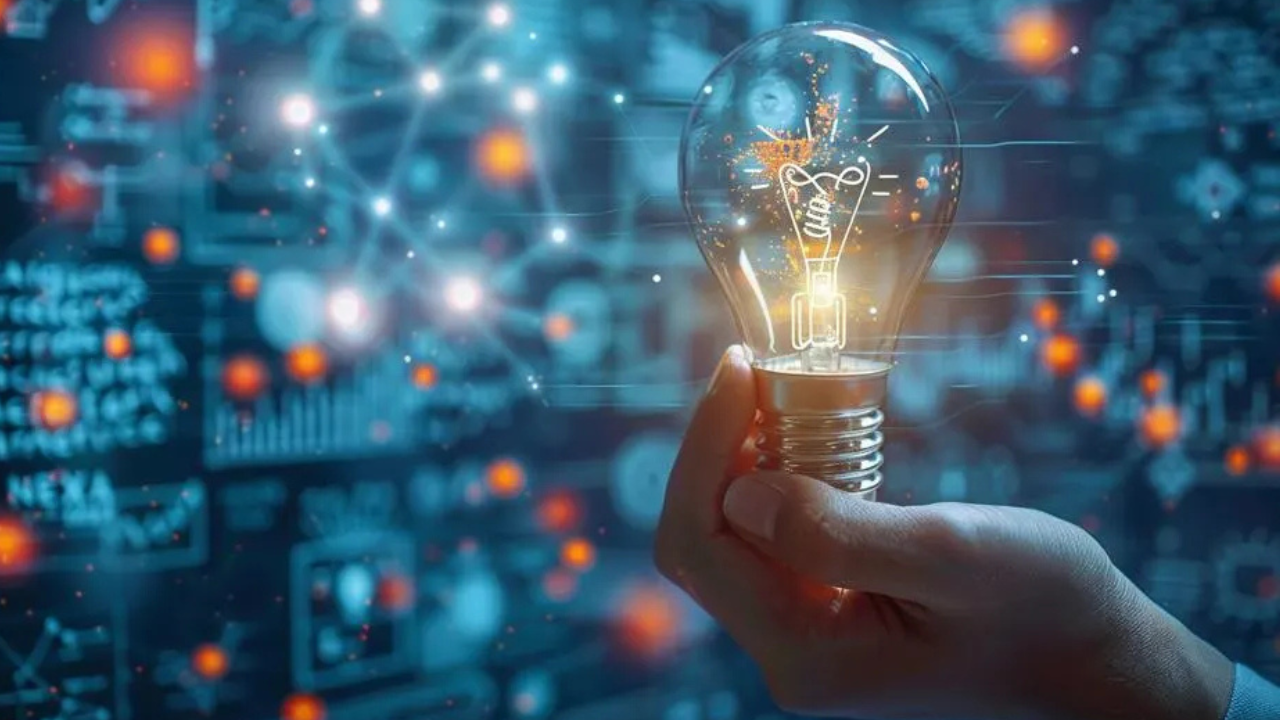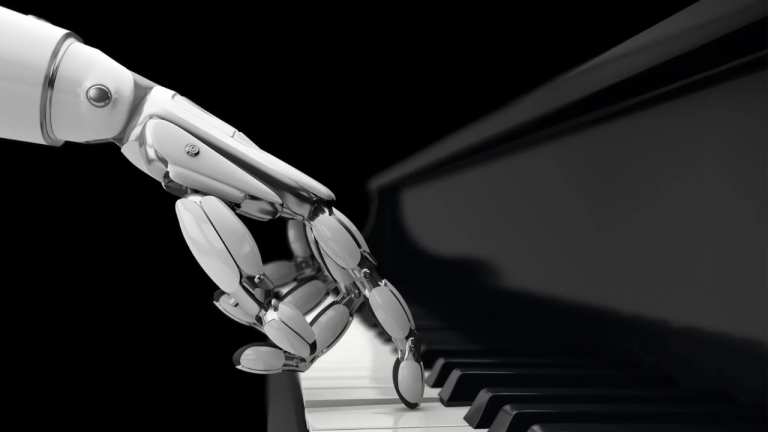5 Mind-Blowing Innovations Changing Daily Life in 2025
The future is no longer something we are waiting for. It is here, and it is changing everything. From the way we communicate to how we work, shop, and care for our health, 2025 has become a landmark year in technological innovation. What was once considered science fiction is now seamlessly blending into daily life, often without us even realizing it.
In this article, we will explore five groundbreaking innovations that are transforming everyday living in 2025. These changes are not just exciting on a technological level. They are practical, real, and impacting millions of people globally.
1. Hyper-Personalized AI Assistants That Understand Context
Gone are the days when digital assistants simply answered questions or set alarms. In 2025, hyper-personalized AI has reached a new level of sophistication. These assistants, built into phones, home devices, and even vehicles, now understand context deeply. They do not just respond. They anticipate.
Picture this. Your assistant sees a gap in your calendar and knows you typically walk during that time. It checks the weather, suggests a nearby park, and even queues up your favorite podcast. It texts your coworker a heads-up if you are running late based on traffic. All this happens without you needing to lift a finger.
This kind of intelligence has changed the way people approach time management, communication, and productivity. It also reduces digital overload. Instead of constant notifications and decision fatigue, users now experience a quieter, more organized digital life.
Privacy is still a concern, but the rise of on-device processing has helped build trust. Devices no longer need to send every bit of your data to the cloud. They do the work locally and keep your personal information secure. This balance between usefulness and privacy is one reason hyper-personal AI is gaining such widespread adoption.
2. Mixed Reality Workspaces
In 2025, your desk is no longer limited to a screen and a keyboard. Mixed reality workspaces have gone mainstream. Thanks to lightweight AR headsets and spatial computing, your environment becomes your interface.
You can spread out documents in mid-air, have a video call on one side of the room, and reference live data on another wall—all while still sitting at your dining table. No monitors are required. These interfaces feel natural, immersive, and more interactive than traditional screens.
The shift to mixed reality has transformed creative industries, remote collaboration, and even education. Architects walk through blueprints at full scale. Teachers demonstrate experiments using holographic visuals. Business teams conduct meetings with shared virtual whiteboards hovering between them.
While these systems once seemed like expensive toys, the technology has become affordable and practical. More companies are equipping employees with AR tools, and even casual users are adopting it for everyday computing tasks. It is not just about looking futuristic. It is about working smarter and more intuitively.
3. Smart Clothing and Wearable Health Tech
The fitness tracker you wore five years ago now feels primitive. In 2025, wearable health tech is stitched directly into your clothing. Smart shirts monitor your heart rate and hydration. Socks check your balance and detect early signs of nerve damage. Sleepwear tracks your sleep cycles and adjusts temperature to optimize rest.
This new generation of smart clothing offers real-time, medical-grade insights. It connects to your health records and even alerts doctors automatically if something is off. For people managing chronic illnesses or recovering from surgery, this level of continuous care has been life-changing.
Beyond health monitoring, these clothes are comfortable and look like regular fashion. No more bulky straps or awkward sensors. The innovation lies in the invisible—the sensors, fabrics, and algorithms that work silently in the background.
Athletes have embraced smart gear to improve training. Seniors wear garments that prevent falls. Parents dress infants in onesies that track breathing. This wearable revolution is making health care proactive instead of reactive.
4. AI-Powered Urban Mobility
Transportation in 2025 looks and feels radically different. AI is now the beating heart of how cities move. From traffic light systems that adapt in real time, to public buses that reroute based on passenger demand, urban mobility has become smarter and faster.
Self-driving taxis are no longer a novelty. They are part of everyday commuting in several major cities. AI-driven route planning ensures fewer delays and fuel-efficient paths. These systems are not just convenient—they are helping reduce emissions and road congestion.
On a more personal level, e-bikes and scooters now come with adaptive AI that adjusts speed and braking based on terrain and traffic. These devices are safer and more intuitive, making them accessible even for people who once avoided urban cycling.
The biggest impact is on accessibility. AI navigation systems now cater to individuals with visual or physical impairments. Voice-guided walking routes, smart crosswalks, and real-time subway alerts have made cities more inclusive.
People are spending less time stuck in traffic and more time where it matters. The city has become a responsive, living organism thanks to AI.
5. Voice-Driven Commerce and Shopping Automation
Imagine this. You wake up and your fridge has already reordered milk because it noticed you were running low. Your pantry suggests recipes based on what is left. You say aloud, reorder laundry detergent and it is at your door by evening.
In 2025, shopping is not about browsing. It is about automating. Voice-driven commerce has exploded in popularity because it simplifies decisions. People are using AI not just for one-click orders, but for entire shopping routines.
These systems learn your preferences. They track brand loyalty, pricing patterns, and seasonal habits. They know you switch to non-dairy alternatives in the summer or that you prefer specific skincare products every few months.
The combination of voice commands, predictive AI, and auto-refill services has completely transformed the retail experience. It is not only faster—it is also more personalized. People spend less time shopping and more time doing what matters.
For businesses, this means a shift from marketing to conversation. Brands are designing product experiences that live inside digital assistants. The voice is the new storefront.
What Do These Innovations Mean for the Average Person
Technology in 2025 is not about flashy gadgets. It is about silent, seamless, daily impact. These innovations may seem separate, but they share a common thread. They blend into your life rather than interrupt it.
They make workspaces feel less like offices and more like canvases. They turn clothing into caregivers. They free you from errands and reminders. They give your voice power and your devices context. Most importantly, they save time—the one resource you can never get back.
Whether you are a student, a parent, a worker, or a retiree, these changes are reshaping what it means to live in a connected world.
Final Thought
The most mind-blowing part of all this is how normal it feels. These technologies do not demand applause. They quietly improve things. They evolve as you do. In 2025, innovation is not about looking futuristic. It is about feeling human again.
Stay in touch to get more news & updates on Upload Article!


![Why Everyone Is Talking About [Current Viral Topic] – Explained Simply](https://www.uploadarticle.com.co/wp-content/uploads/2025/06/The-Psychology-Behind-Viral-Content-768x461.webp)
![Inside the Real Life of [Trending Celebrity] – Beyond the Glamour](https://www.uploadarticle.com.co/wp-content/uploads/2025/06/nicole-scherzinger-bude-2025-06-14T115156.246-768x432.png)

